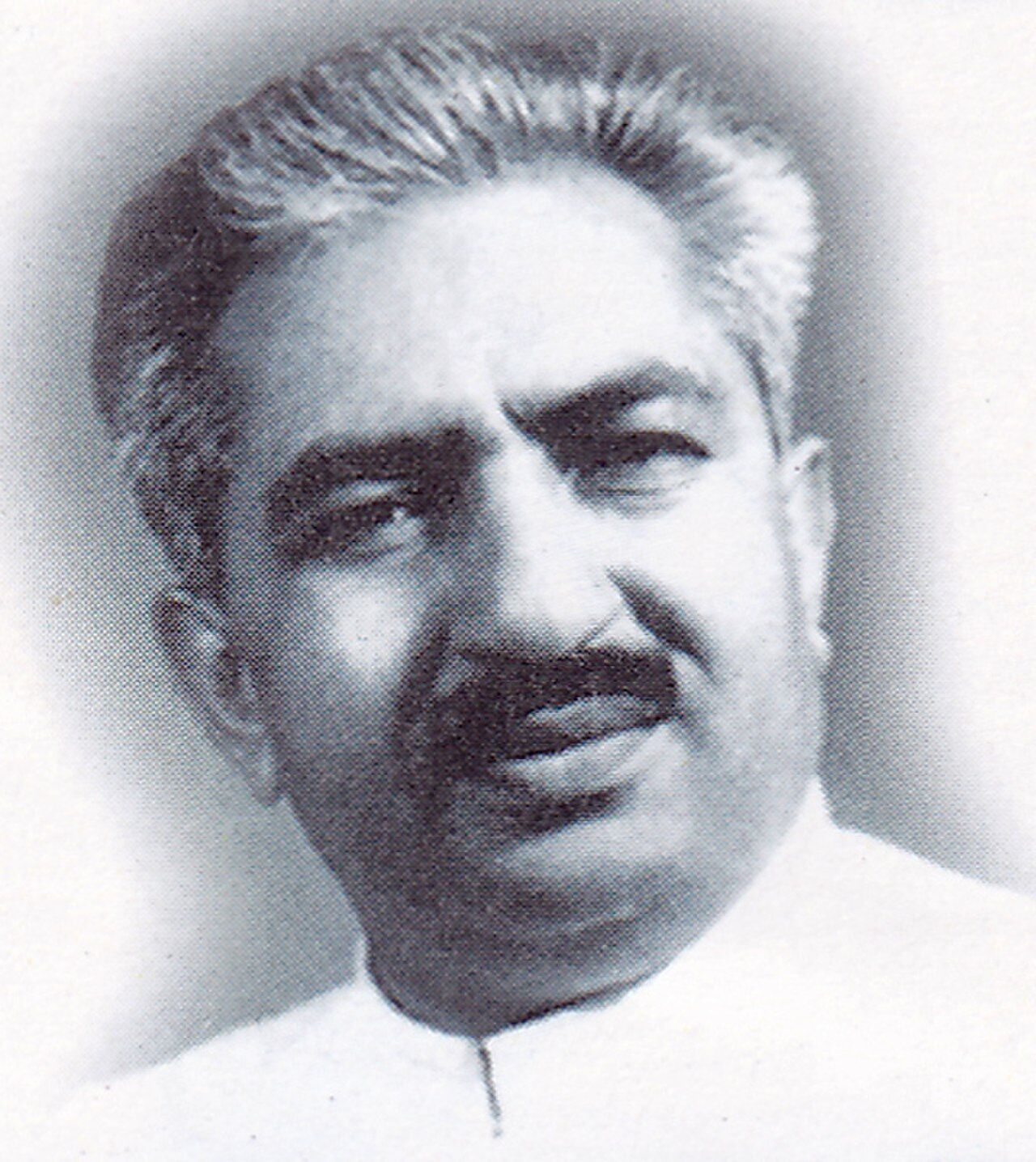Governing the national capital
Except for a brief period between 1952 and 1956, capital ‘New Delhi’ remained bereft of legislative assembly or council in its initial three decades — struggling to balance between regional autonomy and centralised governance

The name 'New Delhi' was given in 1927, and the formal inauguration of the capital took place on February 13, 1931. Also called 'Lutyens Delhi' after the architect who designed the Raisina Hill and the surrounding buildings, it continued to be a Chief Commissioner's province and its status (along with that of Ajmer Merwara and Coorg) came up for discussion in the Constituent Assembly where Deshbandhu Gupta and BK Sidhwa raised the issue of popular government in Delhi. In July 1947, the Pattabhi Sitaramayya Committee — set up to study the territorial and administrative structures of the Chief Commissioners' Provinces — singled out Delhi as a special case to formulate a roadmap for its autonomy and governance as a national capital territory. Given its complicated and overlapping jurisdictions, the committee paid considerable attention to study the administrative systems of various federal capitals such as Canberra in Australia, Washington DC in the United States (US), and London in the United Kingdom. Considering the circumstances that led to the formation of the Delhi Province in 1912, the committee concluded that the "province which contains the metropolis of India should not be deprived of the right of self-government enjoyed by the rest of their countrymen living in the smallest of villages."
The recommendations of the Sitaramayya Committee included the following: the 'province' should function under a lieutenant governor (to be appointed by the President); there should be a council of ministers headed by a chief minister to aid and advise the lieutenant governor; concurrent powers of legislation should be given to Union Parliament even in matters included in the 'Provincial List'. The central government was also vested with special responsibilities for 'good governance' and financial solvency of the province.
However, both Nehru and Ambedkar had serious reservations with the recommendations of the Sitaramayya Committee. They felt that being the national capital of India, it could not be placed under the administration of a local government. Opposing the recommendations of the committee, Jawaharlal Nehru observed: "Ever since the committee was appointed the world has changed; India has changed and Delhi has changed vitally." Delhi had indeed changed in the aftermath of the Partition. The infrastructure and resources required for the rehabilitation of refugees from Punjab and Sindh, as well as for the new institutions of governance, needed 'the resources of the entire nation'.
As Veronique Dupont wrote, "the demographic evolution of the city of Delhi during the 20th century is closely linked to the history of the country. Following the announcement of Delhi as the capital of the British Empire in 1911, the population grew from 2,38,000 to 6,96,000 in 1941. Just after Partition, Delhi's demography changed forever – over 4,70,00 refugees moved in from West Punjab and Sindh, while over three lakh Muslims left for Pakistan".
As such, Delhi became a part of Part C State (Union Territory) and it was clearly stated that the national capital would be administered by the President through a lieutenant governor (LG) to be appointed by him on Territory. Delhi forfeited its right to have a legislative assembly or council of ministers. Subsequently, articles 239 and 240 were added to provide more layers to the governing space of Delhi.
Following this, The Government of Part C States Act (1951) was passed, under which a provision was made for a council of ministers in Delhi, albeit with limited mandate. Key subjects such as Public Order; Police (including Railway Police); Municipal Corporation and Land were left with the Central authorities. As a result, Delhi, for the first time, had a legislative assembly, council of ministers and a chief minister to govern. The first Delhi Legislative Assembly was constituted in March 1952, and Chaudhary Brahm Prakash took over as the first CM, albeit with limited powers, and in an advisory role to the then Chief Commissioner. This was a short-lived experiment — for as per the recommendations of the States Reorganisation Commission which came into effect from November 1956, Delhi became a Union territory under the direct administration of the Government of India (MHA). The majority view in the Commission (Chairman Fazal Ali and HN Kunzru) was that the dual control over the national capital had led to "marked deterioration of administrative standards." Citing the examples of Paris and London, the Commission observed, "… capital cities possess or come to possess, some degree of political and social predominance" and went further to claim, "… any Constitutional division of powers, applicable to units functioning in the seats of national governments, is bound to give rise to embarrassing situations." The commission, however, noted the need for an autonomous Municipal Corporation to provide "greater local autonomy than is the case in some of the important federal capitals, is the right and, in fact, the only solution of the problem of Delhi State." Thus, Delhi was categorised as a 'Union Territory', and forfeited its right to have a legislative assembly and a council of ministers.
Views expressed are personal



